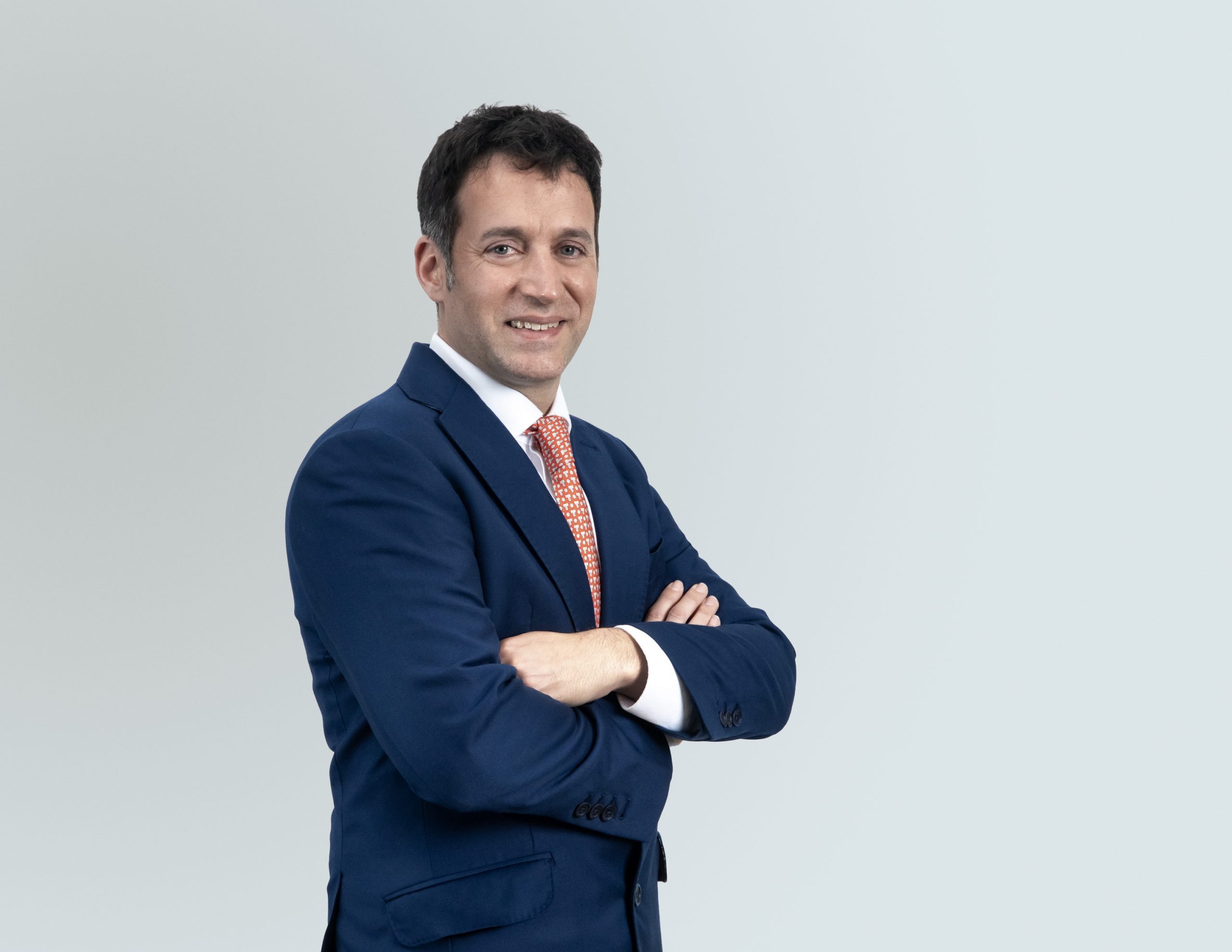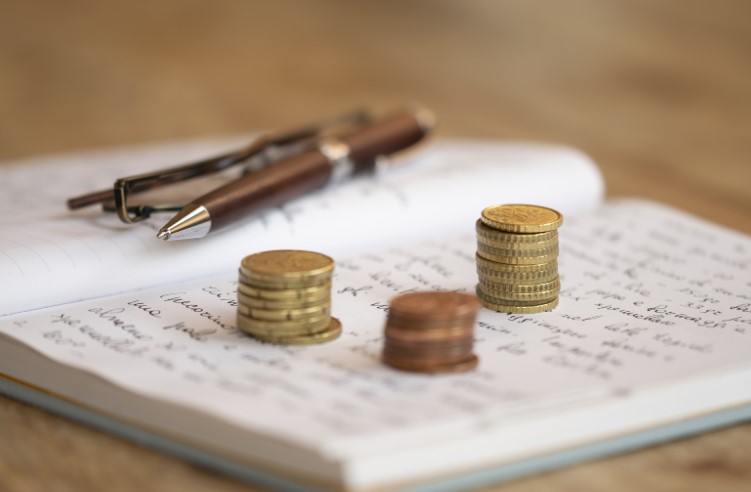Argentina Lifts Currency Controls, a Turbulent Monday Expected

The day has finally arrived; speculation has come to an end. In a move that surprised the market, the Argentine government announced that on Monday, April 14, currency controls will be lifted. The South American country will implement a new managed floating exchange rate regime, with a band ranging from 1,000 to 1,400 pesos per dollar, expanding by 1% monthly.
The Central Bank will only intervene if the official dollar rate moves beyond those limits. In practice, this means the peso could depreciate by up to nearly 30% without direct state intervention, should the U.S. dollar approach the upper band limit of 1,400 pesos. On Friday, April 11, the official dollar closed at around 1,100 pesos.
Due to the restrictions, Argentina has long operated with multiple exchange rates. On one hand, there’s the parallel, illegal or “blue” dollar, which has risen in recent weeks. On April 11, it closed at approximately 1,370 pesos, widening the “gap” with the official dollar to nearly 30%. There are also the legal financial exchange rates—MEP and CCL (Contado con Liquidación)—which involve the buying and selling of Argentine bonds. As of April 11, both were trading close to the blue dollar at around 1,350 pesos.
A Long History
Currency controls have been in place in Argentina for many years. The so-called “cepo cambiario” was introduced during the presidency of Cristina Fernández de Kirchner in October 2011. Though her ideological opponent, former President Mauricio Macri, lifted it, the relief was short-lived: he was forced to reimpose controls in September 2019. His successor, Alberto Fernández, tightened restrictions further, with regulations that increasingly limited access to the dollar for both businesses and individuals.
Over the weekend, the so-called “crypto dollar”—which trades 24/7—served as a sort of market thermometer ahead of Monday’s opening, with quotes hovering around 1,330 pesos. This value, close to the top of the new exchange rate band, signals the volatility many economists expect at the start of the trading day.
President Javier Milei spoke in a nationwide address on Friday night, accompanied by his entire Cabinet. In a pre-recorded message, he announced that the exchange rate controls will be “eliminated forever,” that Argentina will receive a total of $32 billion, and that the Central Bank’s reserves will reach $50 billion.
“With this level of reserves, we can back every peso in our economy, providing greater monetary security to our citizens,” he stated.
That afternoon, Economy Minister Luis Caputo held a press conference following the Central Bank’s unveiling of phase 3 of the economic program: the long-awaited end to exchange rate controls.
The measures were announced on Friday after markets closed, in the context of a new agreement with the International Monetary Fund (IMF) for $20 billion, of which $12 billion will arrive immediately on Tuesday, April 15, according to Caputo. The figure cited by Milei also includes loans from private banks to the Central Bank and from international organizations.
According to Caputo, exchange controls have caused damage and “have affected the normal functioning of the economy.”
Regarding the IMF agreement, it includes quantitative and structural targets covering fiscal performance, accumulation of international reserves, GDP behavior, and inflation trajectory.
In terms of the primary surplus, the agreement with the IMF sets an accumulated target of 6.07 trillion pesos by May 31, 2025 (equivalent to 0.5% of GDP), and 10.52 trillion pesos by year-end (1.3% of GDP). In his speech, Milei raised the target to 1.6%.
On the reserves side, the goal is for the Central Bank to end 2025 with $4 billion in net positive reserves. This target is cumulative from December 2024 onward.
The Central Bank also announced a differentiated regime between “flows and stocks” for legal entities. Companies will be able to freely access the official exchange rate to pay interest on debt and dividends to parent companies, as long as these are accrued after January 1.
Market Expectations
There is high anticipation in Argentina regarding where the dollar will land on Monday, April 14, when markets open at 11 a.m. local time. While the market has welcomed Milei’s austerity policy, it has kept a close eye on the Central Bank’s dollar reserves.
According to analysts at Puente, “The government made concessions (to the IMF) to secure greater financing. The liberalization of the exchange market is stronger than expected, and we expect the exchange market to be virtually unified starting Monday.”
However, several questions linger. One is what level the unified or official exchange rate will stabilize at. “We expect it to remain within the bands and between the current official and financial dollar rates, perhaps after an initial overshooting,” they added.
“On Monday, the official dollar should open between the April ROFEX dollar (1,200 pesos) and Friday’s CCL (1,350 pesos). We expect it to open high, closer to the CCL (as happened in December 2015), and then settle around the ROFEX level of 1,200 pesos,” said a report by FMyA, the consultancy led by economist Fernando Marull.
Banco Galicia’s research team published a special report titled “Super Monday,” analyzing the government’s recent measures. According to the report, the exchange rate bands are “much wider than in the cases of Israel, Chile, Colombia, among others we’ve studied.” The bank says this “more closely resembles Peru’s dirty float, though the IMF Staff Report states there are no planned interventions within the bands.” The institution expects “some initial jump” in the exchange rate on Monday but believes that supply “should respond quickly” after recent weeks of uncertainty.
Earlier, in a frenetic Friday for market participants, March inflation was released and came in higher than expected: 3.7%. Looking ahead, a further rise in the consumer price index appears inevitable. FMyA estimates that April and May inflation will hover around 5% monthly before falling to below 2%, ending 2025 at 35%.
There is another important factor: legislative elections are scheduled in Argentina this year. The market is wondering how competitive Javier Milei will be, considering the likely impact that lifting exchange controls will have on poverty, inflation, and economic growth.









